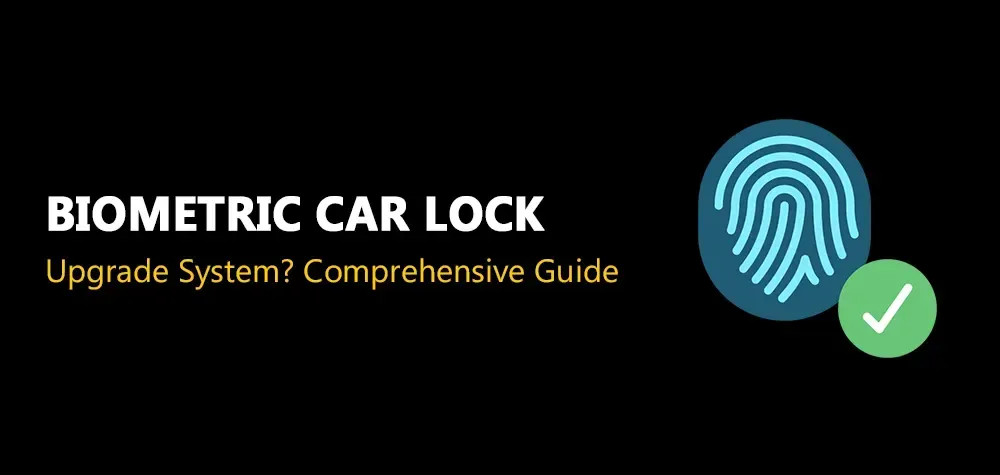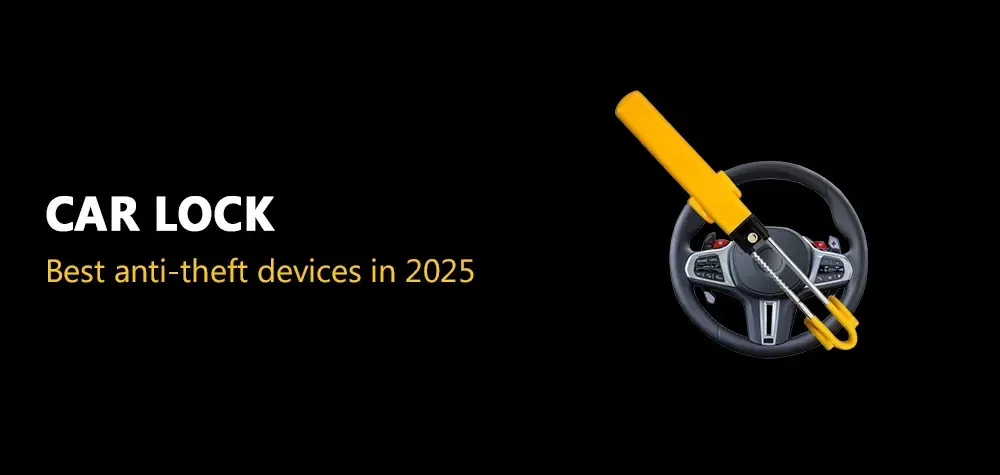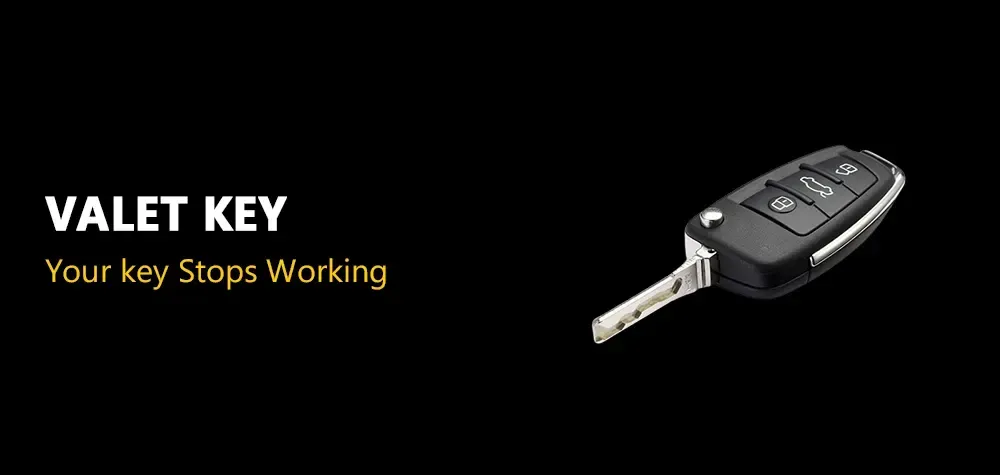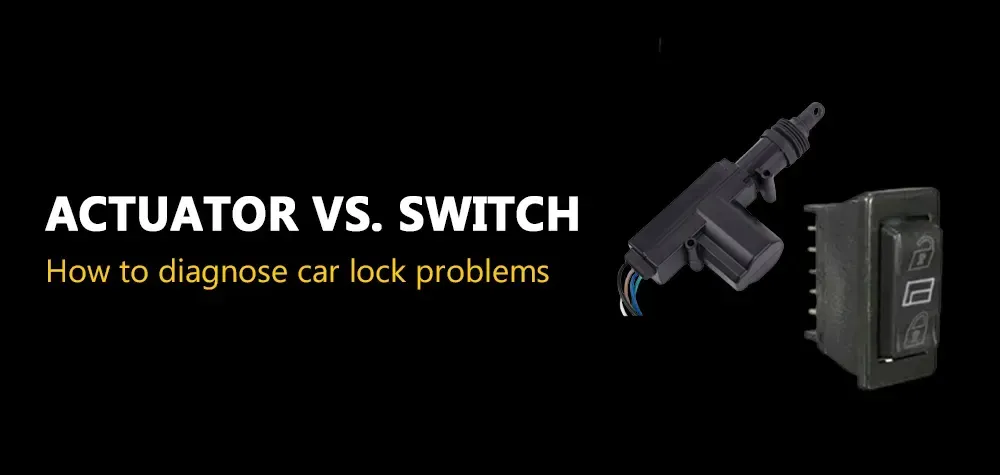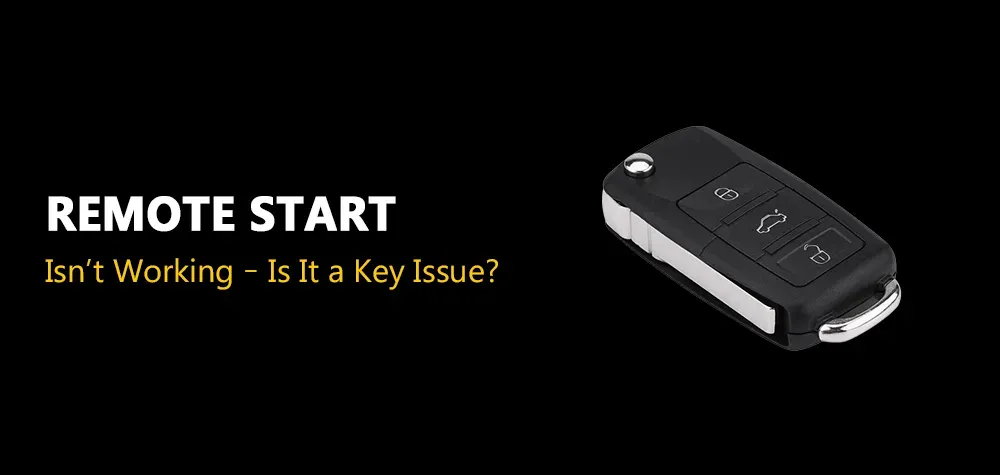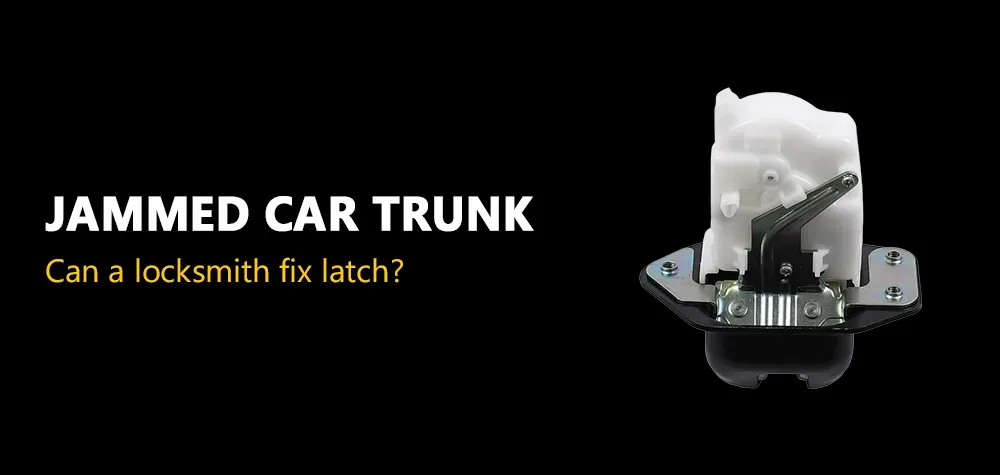Why Is My Push Button Door Lock Not Working?
As experts in the field of home security, we understand the paramount importance of safeguarding your property and loved ones. In today's fast-paced world, where security threats loom large, it's crucial to stay ahead of the curve and fortify our defenses. That's why we're here—to guide you through the intricate maze of security solutions and empower you to make informed decisions.
In this blog post, we delve into the realm of push button door locks, exploring their functionalities, common issues, and troubleshooting steps. We aim to equip you with the knowledge and tools necessary to tackle any challenges you
may encounter with these modern security systems.
Whether you're a homeowner, business owner, or simply someone concerned about security, our insights and expertise will serve as your compass in navigating the complexities of push button door locks. Join us on this journey as we unravel the mysteries of these innovative locks and empower you to protect what matters most.
Read more about Role of doors in home security!
Understanding Push Button Door Locks
Push button door locks represent a modern and convenient approach to home security. These locks eliminate the need for traditional keys, providing users with a combination-based entry system. With a push button lock, you can program a unique code that grants access to authorized individuals. This feature is particularly beneficial for households with multiple occupants or businesses with numerous employees, as it allows for easy access control without the hassle of managing physical keys.
Additionally, push button locks often come equipped with advanced security features such as built-in alarms, tamper-resistant mechanisms, and temporary access codes. These features not only enhance security but also offer peace of mind to homeowners and business owners alike.
One of the key advantages of push button door locks is their versatility and ease of installation. Unlike traditional locks that require intricate key mechanisms and precise alignment, push button locks can be installed with relative ease. Many models are designed for retrofitting onto existing doors, eliminating the need for extensive modifications or professional assistance.
Furthermore, push button locks come in a variety of styles and designs to suit different aesthetic preferences and security needs. Whether you prefer a sleek and modern keypad or a more traditional look, there is a push button lock option available to complement your home or business décor. With their user-friendly interface and customizable features, push button door locks offer a seamless and efficient solution for enhancing security and convenience in any environment.
Common Causes of Push Button Door Lock Failure
Mechanical Issues
Push button door locks can experience mechanical failures due to various reasons. One common issue is stuck or jammed buttons, which can occur due to debris accumulation, moisture ingress, or mechanical wear and tear over time. Additionally, internal components such as springs or actuators may become worn out or damaged, leading to inconsistent button operation or complete failure of the lock mechanism. These mechanical issues can hinder the lock's ability to function properly and may require inspection and repair by a qualified locksmith or technician.
Electrical Malfunctions
Electronic push button door locks rely on electrical components to operate, making them susceptible to malfunctions related to power supply and wiring. Dead batteries in electronic locks are a frequent cause of failure, particularly if the batteries have not been replaced according to the manufacturer's recommendations. Wiring issues or short circuits can also disrupt the electrical flow within the lock, resulting in erratic behavior or complete loss of functionality. To address electrical malfunctions, it's essential to check the power source, replace batteries if necessary, and inspect the wiring for any signs of damage or connectivity issues.
Programming Errors
Programming errors can render push button door locks ineffective, especially if the access codes have been incorrectly entered or forgotten. Users may inadvertently set incorrect codes or fail to memorize them, leading to lockouts or restricted access. In such cases, it's important to refer to the lock's user manual or contact the manufacturer for instructions on resetting or reprogramming the access codes. Additionally, implementing a system for securely storing and managing access codes can help prevent programming errors and ensure smooth operation of the lock.
Malfunctioning programming modes
Troubleshooting Steps
When faced with malfunctioning programming modes in push button door locks, certain troubleshooting steps can help identify and resolve the issue. Begin by checking the power source, particularly for electronic locks. Replace batteries if they are depleted, ensuring a consistent power supply for proper operation. Additionally, verify the integrity of electrical connections to rule out any wiring issues or short circuits that may be disrupting the programming modes.
Inspecting Mechanical Components
Mechanical components within push button door locks can contribute to programming malfunctions, especially if buttons become stuck or internal parts are damaged. To address this, thoroughly inspect the mechanical components of the lock, focusing on cleaning and lubricating any stuck buttons to restore smooth operation. If buttons are excessively worn or damaged, consider repairing or replacing them to ensure proper functionality of the lock's programming modes.
Resetting Lock Settings
In cases where troubleshooting steps do not resolve programming malfunctions, resetting the lock settings may be necessary to restore functionality. For electronic locks, this often involves restoring default settings to erase any programming errors or glitches. Refer to the lock's user manual or manufacturer's instructions for guidance on how to perform a reset procedure. By resetting the lock settings, you can eliminate any potential configuration issues and recalibrate the programming modes for optimal performance.
Checking Power Source
One of the primary causes of malfunctioning push button door locks is an inadequate power source, particularly in electronic locks. Begin troubleshooting by inspecting the power supply to the lock. Ensure that the batteries powering the electronic components are not depleted and have sufficient charge. If the batteries are old or drained, replace them with fresh ones to restore power to the lock.
Replacing Batteries in Electronic Locks
Electronic push button door locks rely on batteries to operate their electronic components, including the keypad and locking mechanism. Over time, batteries can lose their charge, leading to malfunctions in the lock's operation. To address this issue, replace the batteries in the electronic lock with new ones of the appropriate size and type. Be sure to follow the manufacturer's instructions for battery replacement to ensure proper installation and alignment.
Verifying Electrical Connections
In addition to battery power, the electrical connections to the push button door lock must be secure and free from damage or corrosion. Inspect the wiring and connections between the lock and its power source, typically located within the door or door frame. Ensure that wires are securely connected and that there are no signs of fraying, breaks, or corrosion that could disrupt the flow of electricity to the lock. If any issues are found, address them promptly by repairing or replacing damaged wiring and connections to restore proper electrical function to the lock.
Cleaning and Lubricating Stuck Buttons
Stuck or jammed buttons can hinder the operation of push button door locks, especially in mechanical locks with physical buttons. To address this issue, it's essential to clean and lubricate the buttons to ensure smooth operation. Begin by gently cleaning the buttons with a soft brush or cloth to remove any dirt, debris, or residue that may be causing them to stick. Once the buttons are clean, apply a small amount of lubricant, such as silicone spray or graphite powder, to the button mechanism to reduce friction and promote smooth movement. Be careful not to use excessive lubricant, as it can attract more dirt and debris over time.
Repairing or Replacing Damaged Parts
In some cases, push button door locks may experience mechanical issues due to worn-out or damaged internal components. If cleaning and lubricating the buttons do not resolve the problem, it may be necessary to repair or replace damaged parts within the lock mechanism. This may involve disassembling the lock to access the internal components, inspecting them for signs of wear or damage, and either repairing any damaged parts or replacing them with new ones. It's essential to follow the manufacturer's guidelines and recommendations for disassembly, repair, and reassembly to ensure the lock functions correctly.
Resetting Lock Settings
For electronic push button door locks, resetting the lock settings to their default configuration can help resolve programming errors or malfunctions. This process restores the lock to its original settings, clearing any incorrect access codes or programming modes that may be causing issues. To reset the lock settings, refer to the manufacturer's instructions for your specific lock model. This typically involves pressing a combination of buttons or using a reset tool to initiate the reset process. Once the settings have been reset, you can reprogram the lock with the desired access codes and settings as needed.
Restoring default settings in electronic locks
Restoring default settings in electronic locks is a crucial troubleshooting step to address programming errors or malfunctions. By resetting the lock to its factory defaults, you can clear any incorrect access codes or settings that may be causing issues. The process may vary depending on the specific model of your electronic lock, so it's essential to refer to the manufacturer's instructions for guidance. However, the general steps for restoring default settings typically involve accessing the lock's programming menu and initiating the reset process.
To begin, locate the programming interface or menu on the electronic lock. This may involve entering a specific sequence of button presses or using a reset tool provided by the manufacturer. Once you've accessed the programming menu, navigate to the option for resetting or restoring default settings.
Follow the prompts or instructions provided in the programming menu to initiate the reset process. This may involve confirming your decision to reset the lock and entering a master code or administrator code if required. Be sure to follow the instructions carefully to avoid accidental resets or data loss.
After initiating the reset process, wait for the lock to complete the reset procedure. This may take a few moments, during which the lock will revert to its factory default settings. Once the reset is complete, the lock should be cleared of any previous programming errors or malfunctions.
Finally, test the lock to ensure that it is functioning correctly after the reset. Try entering a test access code or using the lock's keypad to verify that it responds as expected. If the lock is still experiencing issues, you may need to consult the manufacturer's support resources or contact customer service for further assistance.
Reconfiguring access codes
Reconfiguring access codes is a crucial step in troubleshooting push-button door lock issues, especially if programming errors or forgotten codes are causing malfunctions. Depending on the type of lock you have, reconfiguring access codes may involve entering a programming mode and following specific steps to input new codes or change existing ones. Refer to the manufacturer's instructions for your lock model to determine the correct procedure for reprogramming access codes.
Seeking Professional Help
Seeking professional help is often necessary for resolving more complex push-button door lock problems that cannot be addressed through basic troubleshooting steps. Consulting locksmiths can provide expert assessment and diagnosis of lock issues, leveraging their knowledge and experience to identify the root cause of the problem. They can also offer repair or replacement recommendations based on the severity of the issue and the condition of the lock.
Contacting Manufacturer Support
When troubleshooting push-button door lock problems, contacting the manufacturer's support team can be invaluable. Many lock manufacturers offer warranty coverage and comprehensive support services to assist customers with technical issues or malfunctions. By reaching out to the manufacturer's support team, you can inquire about warranty coverage for your lock and receive guidance on troubleshooting steps or repair options. Additionally, manufacturer support representatives can provide valuable insights into common lock issues and recommend solutions based on their expertise.
Read more about Right interior door locks for security needs!
Conclusion:
In conclusion, understanding the common causes of push-button door lock failure and familiarizing yourself with troubleshooting steps can help you address issues efficiently and effectively. Whether the problem stems from mechanical issues, electrical malfunctions, or programming errors, taking proactive steps to diagnose and resolve the issue is essential for maintaining the security and functionality of your door lock.
By following the troubleshooting steps outlined in this guide, such as checking the power source, inspecting mechanical components, and resetting lock settings, you can often resolve minor issues on your own. However, for more complex problems or those requiring specialized expertise, seeking professional help from locksmiths or contacting the manufacturer's support team is recommended.
Remember to prioritize regular maintenance and periodic inspections of your push-button door lock to prevent issues from occurring and ensure optimal performance. With proper care and attention, you can keep your door lock functioning smoothly and provide reliable security for your home or business.
Call Us Any Time!
